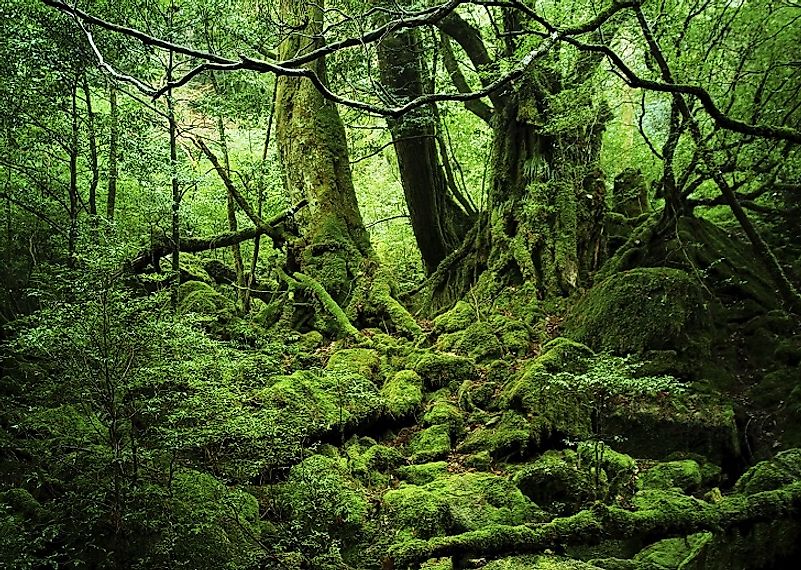Yakushima Island: A Biological Gem Of The East China Sea

The largest of Japan's Osumi Islands by area houses a UNESCO "Man and the Biosphere Program" area. In 1993, its primeval forests were designated as a World Heritage Site by the United Nations Educational, Scientific, and Cultural Organization (UNESCO). Yakushima Island has a round shape and an area of 194.94 square miles. Its population was about 13,178 ethnic Japanese as of the 2010 census. Although the island has several hot springs, it has no active volcanoes. Its climate is divided into two distinct seasons, characterized by mild winters and hot summers. Yakushima Island is situated about 31.1 miles on the southern end of the Osumi Peninsula. It is under the jurisdiction of Kagoshima Prefecture.
4. Historical Role
The island of Yakushima was first settled by the ethnic Japanese people during the Jomon Period. In the 6th Century, there was some level of contact between the Chinese Sui Dynasty and the island people. Contact further continued between the island's population and China during the Nara period and the Tang Dynasty. The island's topography consists of mountains in its interior while its coastline is rocky and windswept. The ancient forests have second and third growth Japanese cedar trees.The oldest cedar is about 7,200 years old and the biggest cedar is about 2,100 years old. Biodiversity in the island is limited and highly endemic due to its isolation.
3. Modern Significance
Although the island is isolated, it has a town of the same name that extends itself on Kuchinoerabujima Island. Both islands have numerous schools for its local populace. Only the main island has ferry and hydrofoil service from the mainland while the second island is served by a municipal ferry only. The economy depends on commercial fishing, forestry, and wood products exports. Tea and oranges are its two other important forms of produce. Shochu is another product made here, which is a type of rice wine similar to sake. Tourism also contributes a sizable share to the island's economy. The Japanese Space Center is right across the water on another island. Spring and summer bring the most precipitation, while fall and winter are dry and cool.
2. Habitat and Biodiversity
Yakushima Island is within the boundary of the Yakushima National Park. Verdant and green makes the island a natural setting for its ancient cedar trees and various fauna. Endemism is reflected in its numerous trees, many types of flowers, and hundreds of rare liverworts, mosses, and hornworts. These are all scattered in the island's waterfalls, mountains, and coastline. Fauna includes the shika deer and the saru monkey. However, its several beaches are the home of giant sea turtles who lay their eggs on its sands. May to August are the egg-laying months. There is a fruit garden in the southwest coast of the island where visitors can buy and taste the many tropical fruits such as mango, papaya, starfruit, and guava.
1. Environmental Threats and Territorial Disputes
The Yakushima World Heritage Area Management Plan of the Ministry of the Environment has implemented some management measures for the island of Yakushima. Human impact should be minimized by these measures. The policies are based on the preservation of the forests of the island as a UNESCO World Heritage Site. Development in the site should follow set guidelines, with flora and fauna not to be disturbed in any way, and the collection of anything natural from the island being strictly prohibited. The United Nations has been a partner in the preservation of the national park and primeval forest of Yakushima since 1993. Recent reviews of the island and its protected sites showed an improvement, and garnered praise from the U.N. committee.







